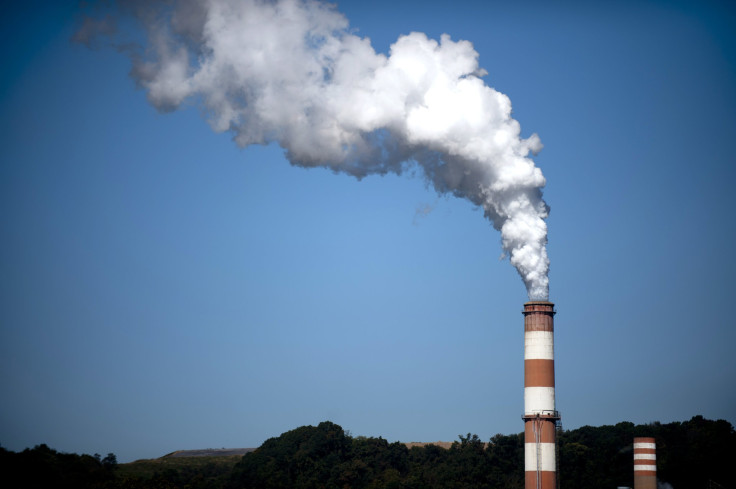What Is Initiative 1631? Washington Rejects Carbon Fee On Fuel Emissions

On Tuesday, Washington voters rejected Initiative 1631, a proposed carbon fee on fossil-fuel emissions.
After tallying more than 1.9 million votes tallied from all 39 counties, it was found that 56.3 percent of the voters opposed 1631, while 43.7 percent supported the measure. However, major backers of the initiative said the setback was not the end of the road for the initiative, Seattle Times reported.
Mike Stevens, state director of the Nature Conservancy and a supporter of 1631, said they are looking forward to propose a bill in Olympia “where we know we have legislative champions who are prepared to keep pushing on this issue.”
What Is I-1631?
According to BallotPedia, the initiative would have enacted “a carbon emissions fee on large emitters of carbon based on the carbon content of fossil fuels sold or used in the state and electricity generated in or imported for use in the state. The fee would be $15 per metric ton of carbon beginning on January 1, 2020, and would increase by $2 per metric ton each year until the state's greenhouse gas reduction goals of 2035 are met and the 2050 goals are on track to be met.”
All proceeds collected from the fee would then be divided into three portions and be donated to quality and energy programs and projects, water quality and forest health projects, and investments related to communities. Also, the revenue generated was called “fee” and not “tax” because the money collected from it could not be spent on government expenses or public programs.
In addition to Washington, states like Maryland, New York, Hawaii, Rhode Island, Vermont, and Maine had also had proposed carbon tax or fee bills in the first half of the year. However, no state has successfully been able to pass legislation for the implementation of carbon tax so far.
Difference between 1631 and 732
A similar initiative was proposed in Washington two years back, called I-732, which was also rejected with 59.25 percent people voting against it at the time. The revenue generated from the I-732 would have been returned as cuts in other taxes and hence it was called “revenue neutral” carbon tax.
If passed, it would have established a tax on carbon emissions at $15 per metric ton of emissions till July 2017 and would increase to $25 in July 2018. Thereafter, the tax would keep on increasing 3.5 percent every year till it reached $100 per metric ton. In contrast to 732, the I-1631 proposed to start the fee at $15 per ton in 2020, projected to rise $2 a year, depending on inflation, until 2035. After that the tax would reach $55.
“Frankly, this is an investment vehicle much more than a price signal,” Washington Gov. Jay Inslee, who has publicly supported 1631, said. “It’s a relatively low price signal, well below the real social cost of carbon. But you get the [carbon] savings from the investment side. We’ve modeled that, and I feel very confident it will work.”
© Copyright IBTimes 2024. All rights reserved.






















